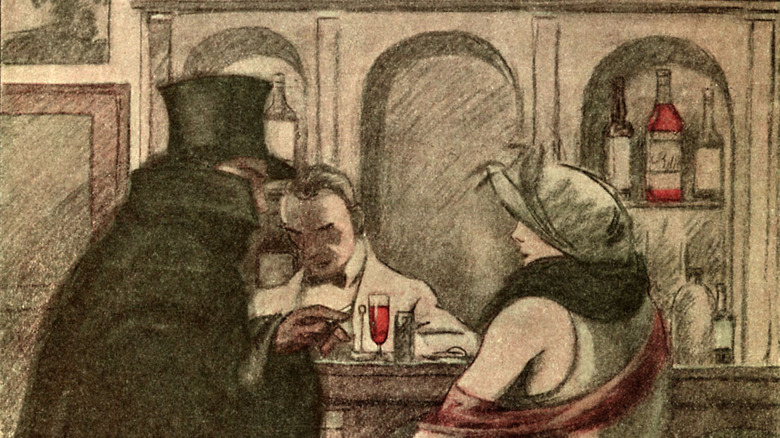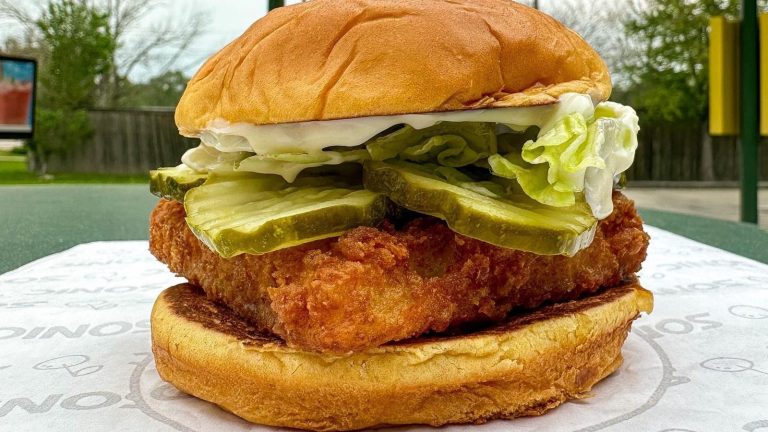While cocktail culture is always evolving, there tends to be a core class of drinks — from martinis to Manhattans — that maintain a high level of popularity no matter what’s trending. One of these icons has once again risen to become the best-selling classic cocktail in the world. The three-ingredient Negroni belies its simplicity with a dark and brooding complexity, appearance, and potency. Made with equal parts gin (the bolder the better), sweet vermouth, and Campari aperitif, it’s a cocktail greater than the sum of its parts that’s bitter, bright, slightly sweet, and perfectly balanced.
According to Drinks International, the Negroni topped its 2025 Best Selling Classic Cocktails survey of 100 of the best bars across 30 countries. This isn’t even the first time the Negroni topped the list. It’s the fourth year in a row. Despite its current status as a cocktail star and its straightforward recipe, the Negroni’s history is convoluted and includes several potential precursors that led to this bitter, boozy, ruby-red drink.
Will the real Negroni please stand up?
For years, the genesis of the Negroni seemed simple. It took place in a bar in Florence, Italy, in 1919, when Count Camillo Negroni, an Italian nobleman who spent time in the American West, asked the bartender to swap out gin for the soda water in his Americano, a popular cocktail made with Campari and sweet vermouth. But wait, the ancestor of another Negroni disputed the story and claimed it was Count Pascal Olivier de Negroni, a French general, who invented the drink in the mid-1800s in Senegal. Then there are the many other very similar cocktails with other names, including the Camparinete going back to the 19th century and the Campari Mixte from the late 1920s, among others, that could have formed the basis of today’s Negroni.
As with the origins of many cocktails and dishes, the past is shaded in half-truths, myths, and oral traditions that can obscure their true provenance. Whatever its actual history, by the mid-20th century the Negroni had made inroads with the artistic set, from actor and film director Orson Welles to Russian ballet star Rudolf Nureyev. But it would take the craft cocktail revolution of the late 1990s and early 2000s to turn this (probably) Italian cocktail into an international star that doesn’t appear to be going anywhere anytime soon.






